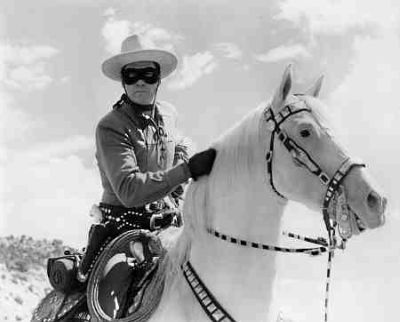The Driverless car is going into overdrive
How will motorcycles be affected by the new driverless car technology as it develops?
The race to develop driverless car technology is well and truly on, leaving motorcyclists to wonder how this is going to affect them when they are sharing the roads with cars which are driving themselves. Will it increase road safety for other road users, or make motorcyclists more invisible?
One of the latest driverless cars was unveiled at the Ceatec 2012 show last month in Tokyo. This car, a NSC-2015 Nissan, is a prototype but - and the clue is in the name - Nissan hope to have it on the market by 2015 - that's just a 'science-fiction' moment away now as we head towards the end of 2012...
The NSC-2015 car uses on board cameras, sensors and computers to navigate its way along and 'see' other road users and is complete with robotics to change gear, turn the wheel and brake.
The car can drive itself forward and in reverse and turn round, and recognise road markings and crossings. Even more amazingly, or scarily, it can park itself when its driver gets out, although this is still restricted to areas where there are only robotic cars and parking spaces equipped with sensors at the moment, so the cars are not ready to be released in to the wild yet!

hay baby!
The technology, although still in its infancy, is already there for the car's owner to call the car using their smartphone so that the car wiggles out of its parking space and comes to the owner - kind of like the Lone ranger calling Silver with a whistle - modern stylie! Or we could just all get a horse and whistle, probably less tax on hay than petrol as well!
Another feature which is in development is that the car will 'watch' while it is parked and if it detects suspicious behaviour it will report it to the owner using his or her smartphone (the owner's that is not the car's - they don't currently have friends to ring, although that will probably come next)!
At the moment California, Nevada and Florida have all passed laws to allow driverless cars to drive legally on their roads, and there are several companies, such as Google, which are all working to develop the technology further. Let's just hope that the driverless car doesn't get too lonely as it ploughs its way across Nevada on route 50, famous for being America's loneliest road - hope it knows how to switch its radio on.
However there is still thought to be only limited desire for driverless cars as people like to be able to control their vehicle themselves. It may be that the technology is eventually used in a more hybrid way, with the car owner perhaps driving while out of town and the car taking over in town, where there are more speed limits and other vehicles to avoid. This may mean that you are no longer able to speed as your car won't let you as it can read the speed limit for the road which it is driving on.
Driving technology forward
Recently, at Thunderhill Raceway in California a driverless Audi TTS took on a racing driver who was already familiar with that circuit and - phew - the human won, but only just!
This autonomous vehicle race was part of a research project with the driverless car developed at Stanford University and named 'Shelley'. It was raced at Thunderhill as it is a challenging circuit with a lot of different grade turns which would really put the car through it's paces.
The human driver is thought to have won because humans have an advantage in risk taking behaviour and will feel the limits of the car and then push it even further whereas the driverless car will stop when it reaches the car's limits.
However the human driver's behaviour is being recorded, with all its inconsistencies and unlikely behaviour, so that the car can be adapted to incorporate these into its driving programme. Developers of autonomous vehicles are now moving from technological development towards trying to incorporate a little humanity into their cars in order to make them as good as the best human drivers.
Currently, driver assistance programmes actually prevent the car from doing things which the best driver might instinctively use to get themselves out of trouble, so these are the features which the developers hope to install in their cars to make them as good as us instinctive erratic old human drivers. The race track helps find out what it is that humans do at high speed on a race track while steering round a sharp bend as this is similar to technology needed to keep a car on the road on ice for example.
So all in all science fiction is coming to a town near you not too far in the future as robo car zooms into a parking space in your manor, driving like Jenson Button and chatting to you on your phone. This will inevitably change life forever for every road user, so it is worth thinking about how this will affect you as a motorcyclist, and keeping an eye on developments.
By the way has anyone else seen that 1977 Elliot Silverstein film called 'The Car'? Gulp!
How do you feel about this technology? Any thoughts let us know...
